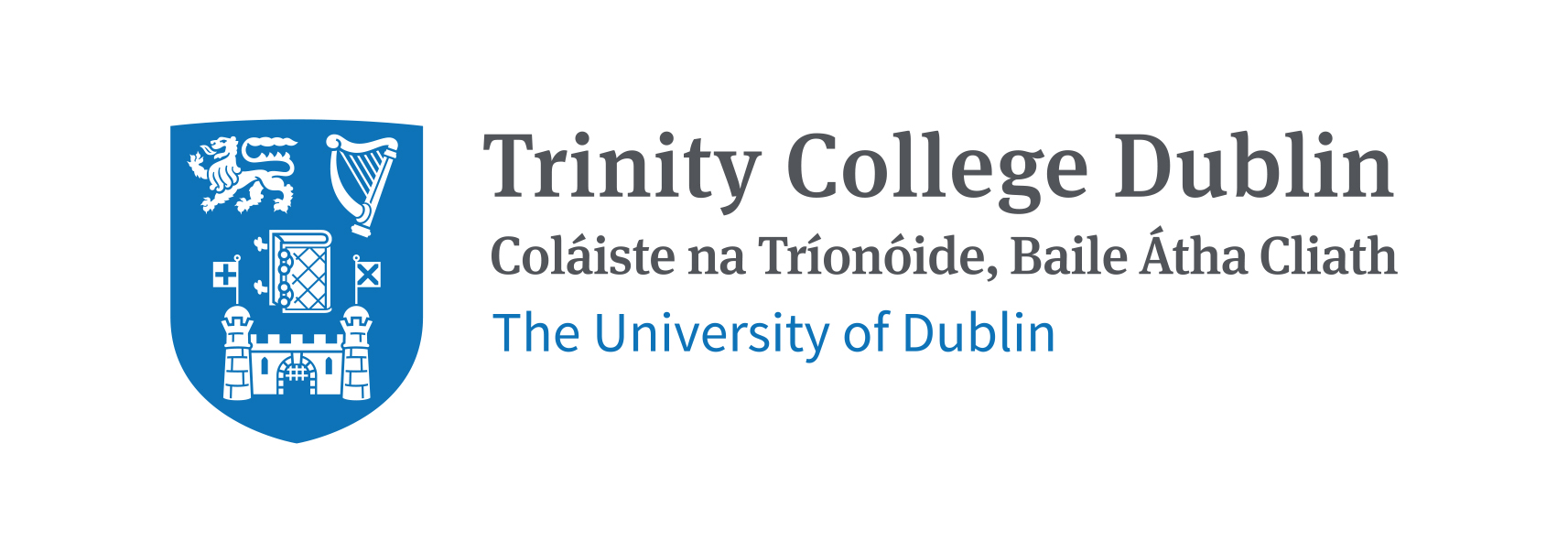Survival, movements, home ranges and dispersal of hares after coursing and/or translocation
Citation:
Neil Reid, 'Survival, movements, home ranges and dispersal of hares after coursing and/or translocation', [report], National Parks and Wildlife Service. Department of Housing, Local Government and Heritage, 2023-05, Irish wildlife manuals, No.145, 2023Download Item:
Abstract:
The NPWS Project Officer for this report was: Ferdia Marnell; ferdia.marnell@npws.gov.ie. This IWM was edited by Sue Wilson and Domhnall Finch.
Hare coursing is the pursuit of a hare by long dogs. In Ireland, up to 6,000 hares are caught from the wild each year by long netting and held in captivity for up to eight weeks. Hares are given a head start and coursed in an enclosed arena by two muzzled greyhounds where the object is not to kill the hare, but judge the dogs on their ability to turn the hare from a straight course. The first dog to do so wins the match. The hare escapes under a baffle through which the dogs cannot follow. Over 98% of hares survive and are released back into the wild. In addition to animal welfare objections, the anti-coursing lobby has questioned the survival of coursed hares after their release back into the wild, sometimes in unfamiliar territory. In this study, 40 hares were fitted with GPS-radio collars and were tracked for up to six months in a factorial experimental design with 10 translocated coursed, 10 untranslocated coursed, 10 translocated uncoursed and 10 untranslocated uncoursed hares. Two hares released shortly before sunset were killed in road traffic collisions (unrelated to either coursing or translocation) during their first night; no mortalities were recorded for hares released during the morning. Movements, home ranges and dispersal of hares that remained in the vicinity of release sites were similar between the cohorts once translocated hares, which moved significantly further and had larger home ranges during the first few days after release, had settled. Fewer coursed than uncoursed hares remained in the vicinity of the release site six months later with more coursed hares disappearing during the study though the causes remain unknown. There was no evidence that coursed and/or translocated hares suffered higher levels of mortality than control hares. There were no differences in coursed and uncoursed hares in their spatial behaviour after release. Movements, home range size and dispersal were similar between cohorts once translocated hares, which moved significantly further and
had larger home range sizes during the first few days, had settled. This is the first assessment of the movements, home ranges and dispersal of coursed hares after their release back into the wild and provides evidence to support current Government coursing licence conditions on where and when to release coursed hares. Translocated hares did not suffer higher mortality and settled quickly suggesting the impacts of translocation after coursing may be limited. Releasing hares during daylight, preferably as early as possible,
may provide time for animals to settle before darkness. Questions remain on the survival and dispersal of coursed hares and it is suggested that any future studies should consider using mobile phone (cellular) or satellite collars (now small enough for hares), mounted on straps impervious to fraying and failure, to minimise collar losses and maximise known outcomes. Complete genetic sampling of coursed hares would
help to answer further questions relating to post-release survival and reproduction
Corporate name:
Ireland. National Parks and Wildlife ServicePublisher:
National Parks and Wildlife Service. Department of Housing, Local Government and Heritage
Author: Reid, Neil
Corporate name:
Ireland. National Parks and Wildlife ServicePublisher:
National Parks and Wildlife Service. Department of Housing, Local Government and HeritageType of material:
reportCollections
Availability:
Full text availableSubject:
Wildlife conservation, Hares, Coursing, Field sports, GPS-radio collar, Hunting with dogs, Lepus timidus, Mountain hare, Translocation, Coursing, Telemetry, Irish hare, Lepus timidus hibernicusISSN:
13936670Metadata
Show full item recordThe following license files are associated with this item:





